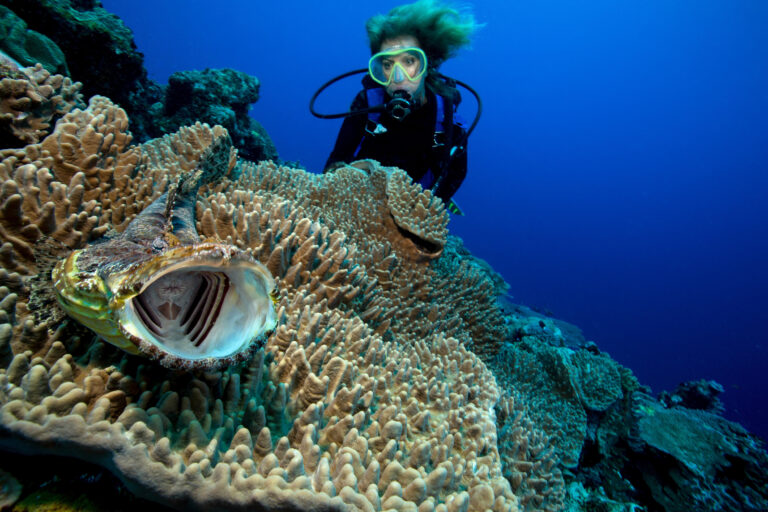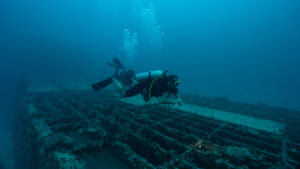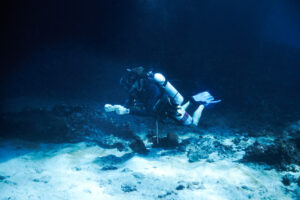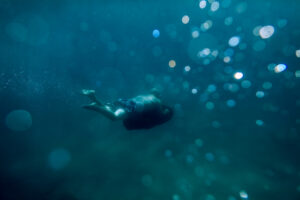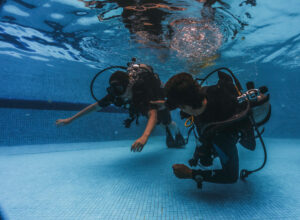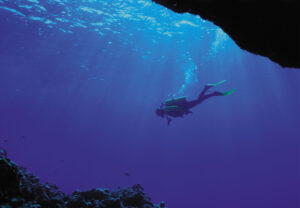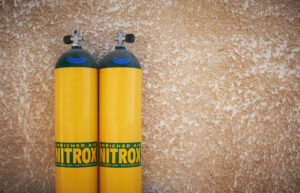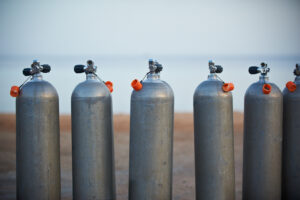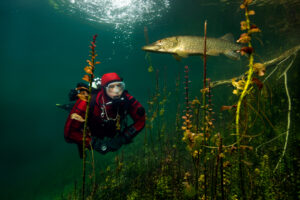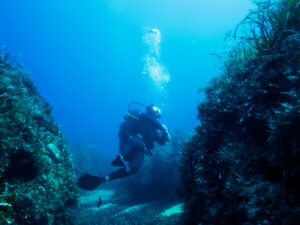What are Hand Signals when Scuba Diving?
Hand signals are an essential means of communication for scuba divers, facilitating the sharing of crucial information underwater. As verbal communication is virtually impossible while diving, hand signals allow divers to alert their buddies to potential dangers, convey their physical and emotional state, and indicate changes in direction or depth. This entry will provide an overview of the various hand signals used in scuba diving, as well as their meanings and importance in ensuring a safe and enjoyable diving experience.
Origins of Hand Signals
Scuba diving hand signals have evolved over time, drawing from various sources such as American Sign Language (ASL) and military diving hand signals. Divers have adapted these signals to create a specialized system of communication that is both simple and effective. While hand signals may vary slightly between different diving communities, there is a core set of universally recognized gestures that are used by divers worldwide.
Types of Hand Signals
- Basic Hand Signals: These are the fundamental hand signals every scuba diver should know and understand. They include:a. “OK” – Form a circle by touching the tips of your thumb and index finger together, while keeping the other three fingers straight. This signal is used to ask if someone is okay or to indicate that you are okay.b. “Not OK” or “Problem” – Extend your hand out flat with your palm facing down and rock your hand back and forth. This signal is used to indicate that there is a problem or that you are not okay.c. “Up” or “End the Dive” – Extend your thumb straight up, with the other four fingers closed into a fist. This signal is used to indicate that you want to ascend or end the dive.d. “Down” or “Descend” – Point your thumb straight down, with the other four fingers closed into a fist. This signal is used to indicate that you want to descend or dive deeper.e. “Stop” – Extend your hand out flat with your palm facing forward. This signal is used to indicate that you or your buddy should stop moving.
- Communication Hand Signals: These hand signals help divers share more specific information about their dive, such as their air supply, direction, and observations. Some common communication hand signals include:a. “Air” – Form the letter “A” by touching the tip of your thumb to the tip of your pinky finger, while extending the other three fingers straight out. This signal is used to initiate a conversation about air supply.b. “Low on Air” – Make a chopping motion across your throat with your hand. This signal indicates that you are low on air and need to ascend soon.c. “Turn Around” – Extend your index finger and move it in a circular motion. This signal is used to indicate a change in direction or that it is time to turn back.d. “Look” – Point with your index and middle fingers, forming a “V” shape, to direct attention to a specific object or area.
- Safety Hand Signals: Divers use these hand signals to ensure a safe diving experience. Examples include:a. “Buddy Up” – Hook your index fingers together. This signal is used to remind divers to stay close to their buddy and maintain buddy contact throughout the dive.b. “Equalize” – Pinch your nose and tilt your head back slightly. This signal is used to remind divers to equalize their ears during descent.c. “Slow Down” – Extend your hand out flat with your palm facing down and move it slowly up and down. This signal is used to remind divers to slow their descent or ascent rate.
- Distress Hand Signals: These signals are used to alert others to potential dangers or emergencies. They include:
a. “Out of Air” – Make a slicing motion across your throat with your hand, followed by extending your arm straight out, palm facing up, and waving it back and forth. This signal indicates that you have run out of air and require assistance.
b. “Entangled” – Cross your wrists in front of your chest. This signal is used to communicate that you or another diver is entangled in fishing line, kelp, or other underwater hazards.
c. “Cramp” – Make a fist with one hand and place it on the affected limb, such as your calf or thigh. This signal is used to alert your dive buddy that you are experiencing a muscle cramp and may need assistance.
d. “Distress” – Wave one arm overhead, back and forth, while holding onto your inflator hose with the other hand. This signal is used to indicate that you are in distress and require immediate assistance.
e. Marine Life Hand Signals: Divers use these hand signals to point out interesting or potentially dangerous marine life. Some examples include:a. “Shark” – Place your hand on your forehead with your fingers together, forming a fin. This signal is used to alert others to the presence of a shark.b. “Turtle” – Make a fist with one hand and place it on the opposite shoulder. This signal is used to indicate the presence of a sea turtle.c. “Moray Eel” – Make a snake-like motion with one hand, moving it back and forth. This signal is used to indicate the presence of a moray eel.
Practicing Hand Signals
Before embarking on a dive, it is crucial for dive buddies to review hand signals together to ensure a common understanding of their meanings. This can be done as part of the pre-dive buddy check, or in a more formal setting such as a dive briefing. Practicing hand signals on land helps divers become more proficient in their use and ensures that they can communicate effectively underwater.
Key Takeaways
Hand signals play a vital role in scuba diving, enabling divers to communicate efficiently and safely in an environment where verbal communication is not possible. By mastering the various hand signals and practicing them with their dive buddies, divers can greatly enhance their underwater experience and minimize the risks associated with miscommunication. By understanding and respecting the importance of hand signals, divers can work together to create a safer and more enjoyable underwater world.

